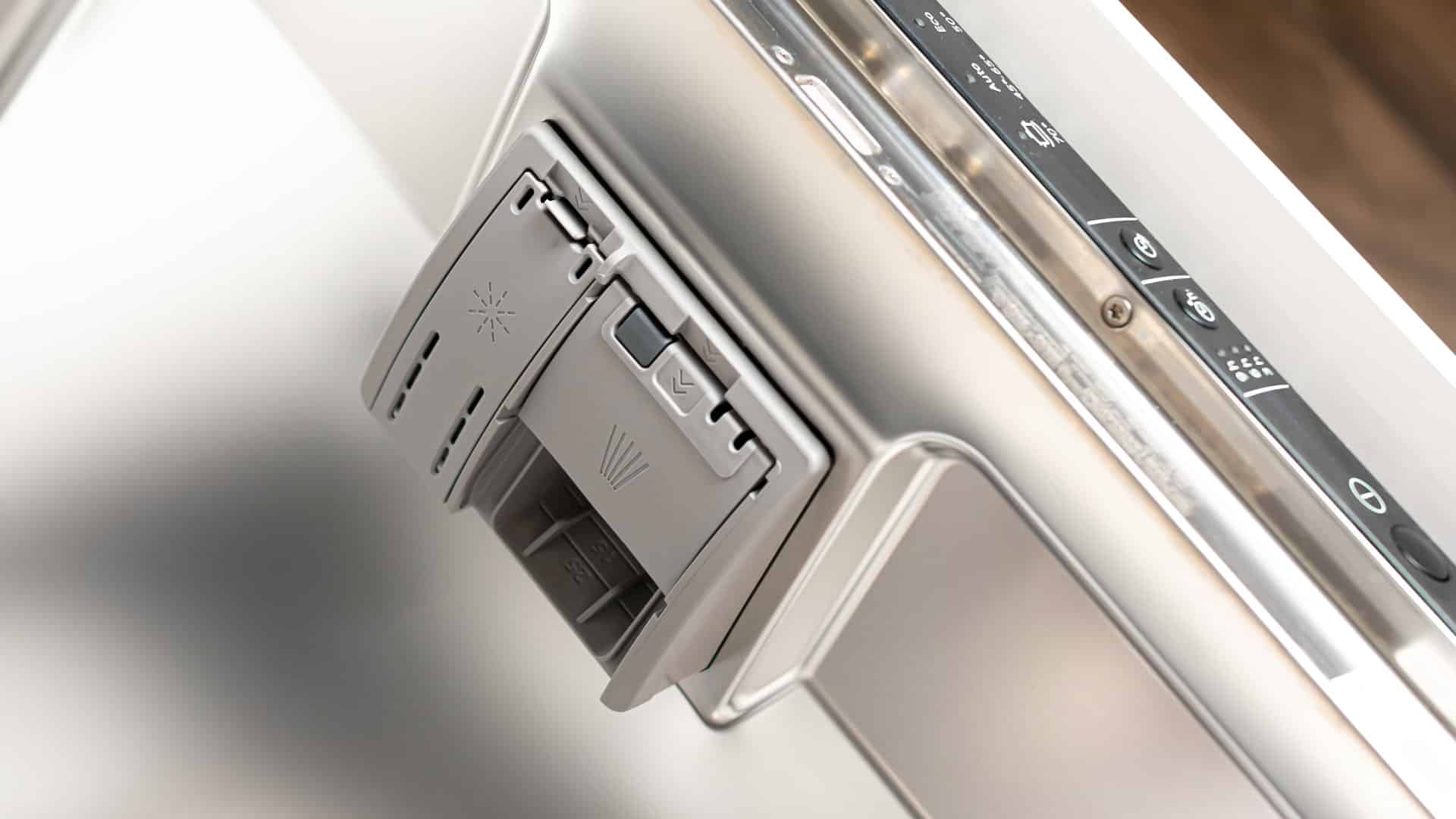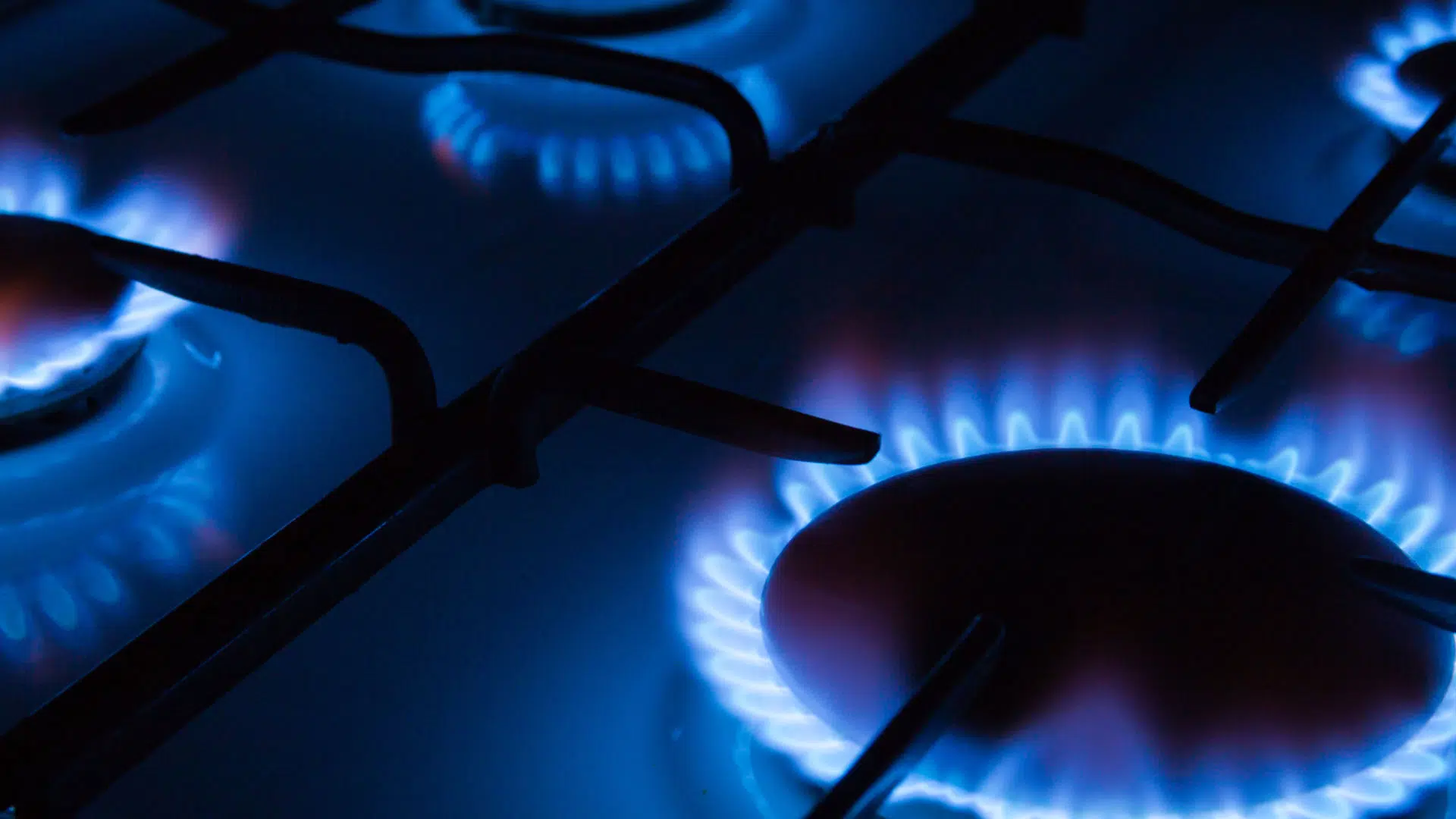
If you are trying to turn on your gas stove, but all you hear is clicking without the gas igniting, the issue can likely be solved by cleaning and unblocking components like the gas jet or flame ports. In most cases, a good cleaning is all that is required to get the gas stove working properly again. If cleaning the burner does not work, you may have a defective spark electrode or spark ignition switch. Other causes include the burner cap not being aligned correctly, the cooktop lock being enabled, faulty spark wires, or a defective spark module.
Clogged burner head, flame ports, gas jet, and igniter
One of the most common and easiest to fix reasons for your gas stove clicking but not lighting is a clogged or dirty burner head, flame port, gas jet, or igniter. Basically, any debris that restricts the gas will cause the gas stove to click and not ignite. Typically, these components become blocked when a pot boils over or food and grease accumulates. The grate and burner cap will need to be removed to locate and clean the gas jets, igniter, flame ports, and burner heads. Prior to attempting repairs, remove the stove from the electric power source and turn off the gas. To unblock the tiny gas jet holes, you will need a tool like a needle or a paperclip. Note that it is best not to use a wood or plastic tool such as a toothpick, as it may break and leave a piece lodged inside the gas jet. Also, be wary of damaging or increasing the size of the hole; use a tool that is not too big to fit inside the gas jet hole. Once you have a suitable tool, use it to clean and dislodge debris inside the gas jet. After you have cleaned out the gas jet holes, continue by cleaning the burner heads, flame ports, igniter, or any part of the burner that has a hole for gas to flow through. A toothbrush or nylon brush can be used to clean the burner heads and flame ports. Removable parts, like the burner heads and rings, can be washed with soap and water. However, make sure the parts are completely dry before returning them to the stove. The components can be left in the sun or put inside a warm oven to dry them. If the parts are not dry when you put them back, the stove may continue to have problems igniting the gas. The igniter and probe can be carefully cleaned with a toothbrush dipped in methylated spirits. Once everything has been sufficiently cleaned, put the burner cap back on and check if the issue has been resolved.
Cleaning tips
- Clean any food or liquid spills when they happen to avoid spills becoming burnt on or food residue blocking the gas jets or flame ports on the burner head.
- Avoid abrasive cleaners, cloths, or scourers that can damage or scratch the burner heads or other components.
- Make sure components are completely dry and replaced correctly after cleaning to avoid ignition issues and dangerous, erratic flames.
- Use an electrical cleaner, like CRC, with extreme caution. When the burner is ignited, there may be a large flame as the electrical cleaner burns off.
Burner cap not centered on the base
Another common and easy to fix reason that the burner is clicking but not lighting is if the burner cap is not aligned correctly. Burner caps should have markings on them that indicate how they are supposed to be aligned. Although misaligned burner caps are more likely to cause an uneven flame, checking that they are aligned correctly may solve the clicking but not lighting issue.
Cooktop lock
Some gas stoves have a lock that stops the gas from igniting. Checking if your gas stove has this feature and whether it has been enabled may solve the clicking but not lighting issue.
Spark ignition switch
Spark ignition switches provide the voltage needed for the spark module to create high-voltage pulses that allow the gas to ignite. If a spark ignition switch is defective, the spark module will not receive the voltage it needs and the burner will not ignite the gas. A multimeter can be used to test the spark ignition switch to determine if it has continuity. If there is no continuity, the spark ignition switch will need to be replaced.
Spark electrode
The spark electrode produces the spark that ignites the gas. If the spark electrode is defective, the burner will make a clicking sound but will either not produce a spark or produce a weak spark that fails to ignite the gas. The spark electrode can be inspected for damage, like cracks, that is causing the electrode not to produce a sufficient spark. If the spark electrode is damaged, it will need to be replaced.
Spark wire
Each spark electrode is connected to the spark module with a spark wire. Over time, spark wires can become defective and not allow a spark electrode to get the high voltage it needs to produce a spark. To access the spark wires, the top of the stove will need to be removed. Once you have removed the stovetop, the spark wires can be examined for damage. As spark wires are relatively inexpensive and easy to replace, consider replacing them if the above solutions have not worked, even if there is no visible sign of damage.
Spark module
The spark module sends power to the individual spark electrodes. A defective spark module is more likely to be affecting all of the spark electrodes and not just one specific burner. However, if the above solutions have not solved the problem, replacing the spark module may solve the issue and get the stove working properly again.
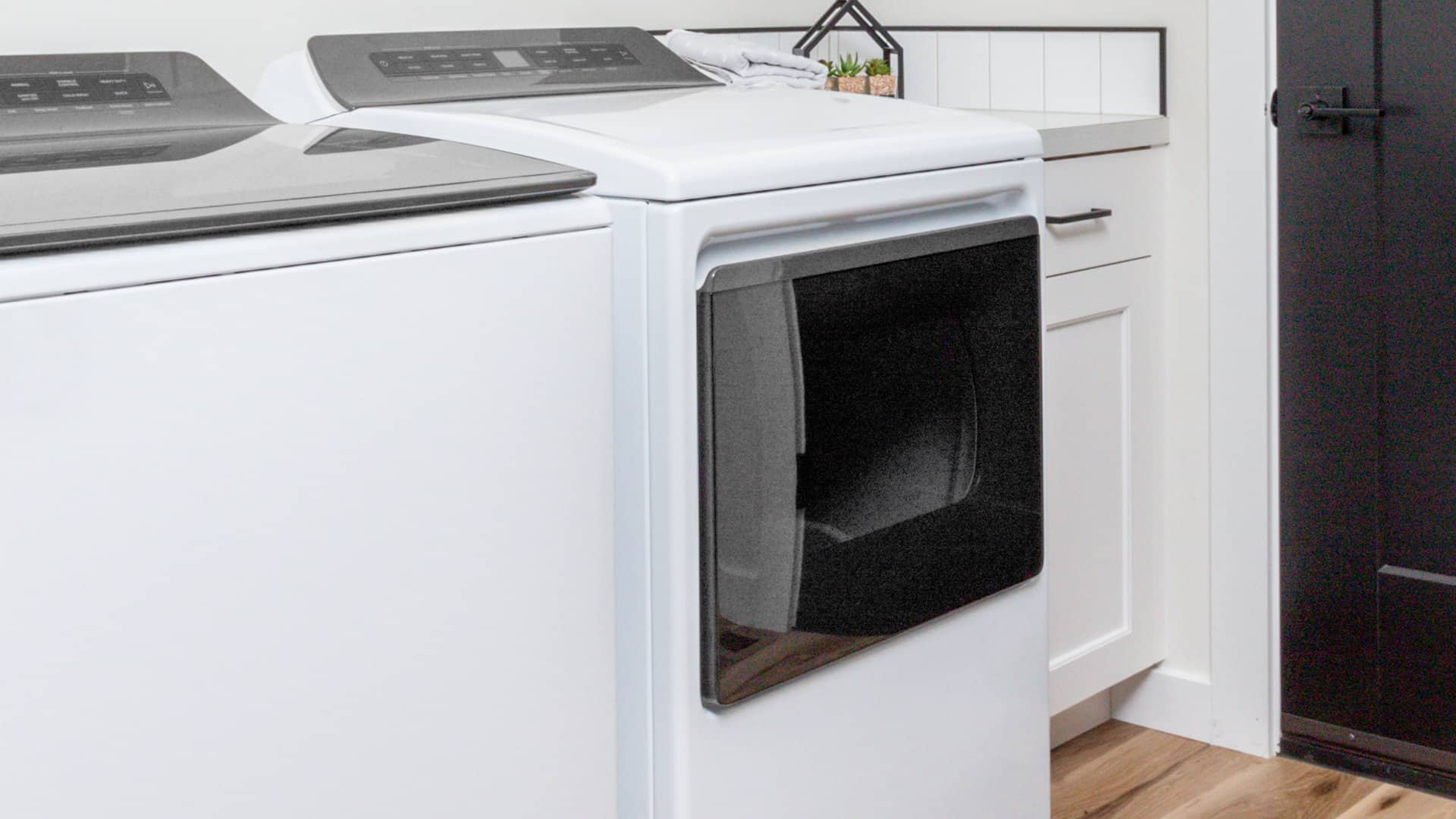
How To Fix a Whirlpool Washer F20 Error Code
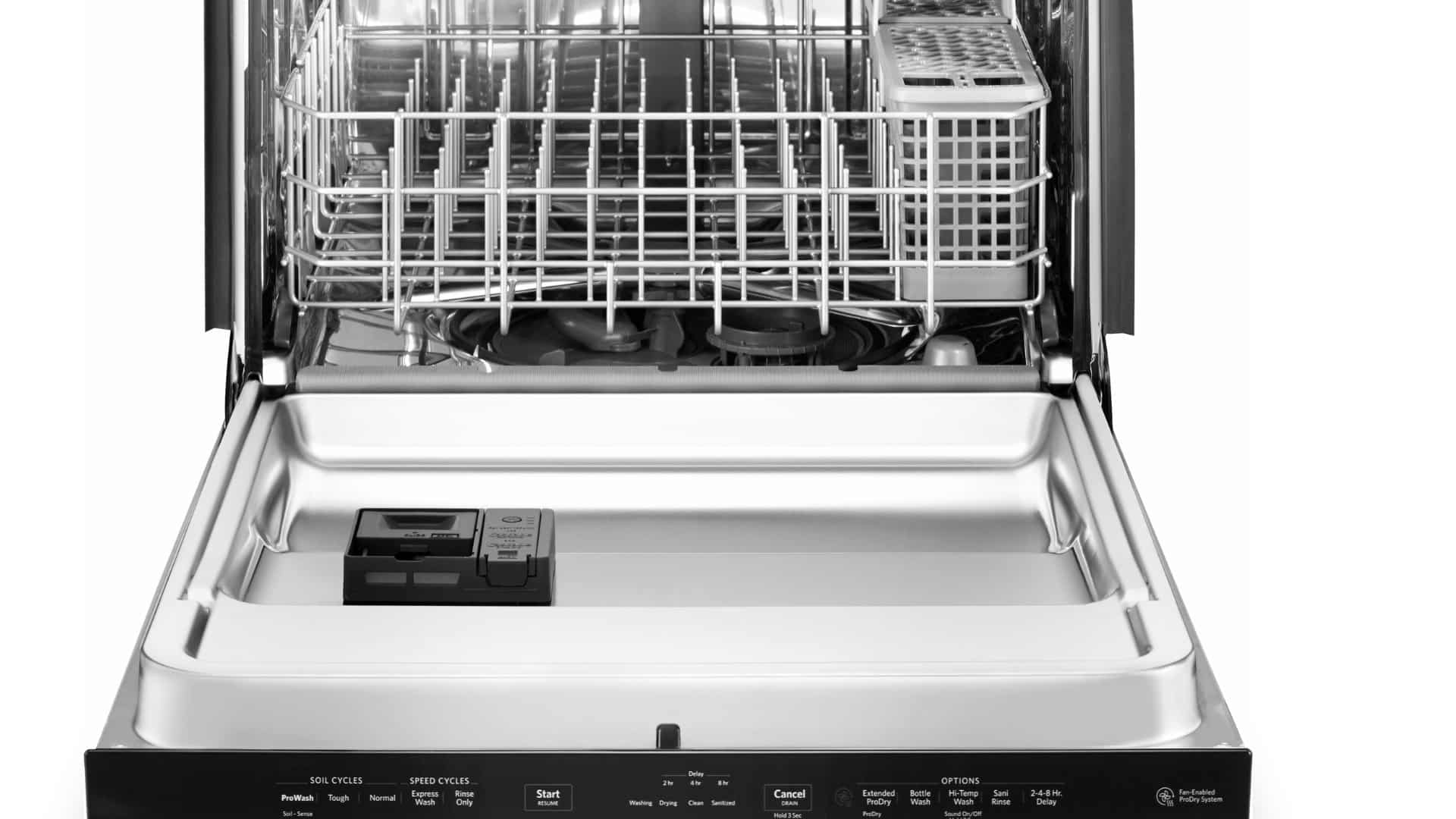
How to Fix a Dishwasher Not Getting Water: The Ultimate Guide
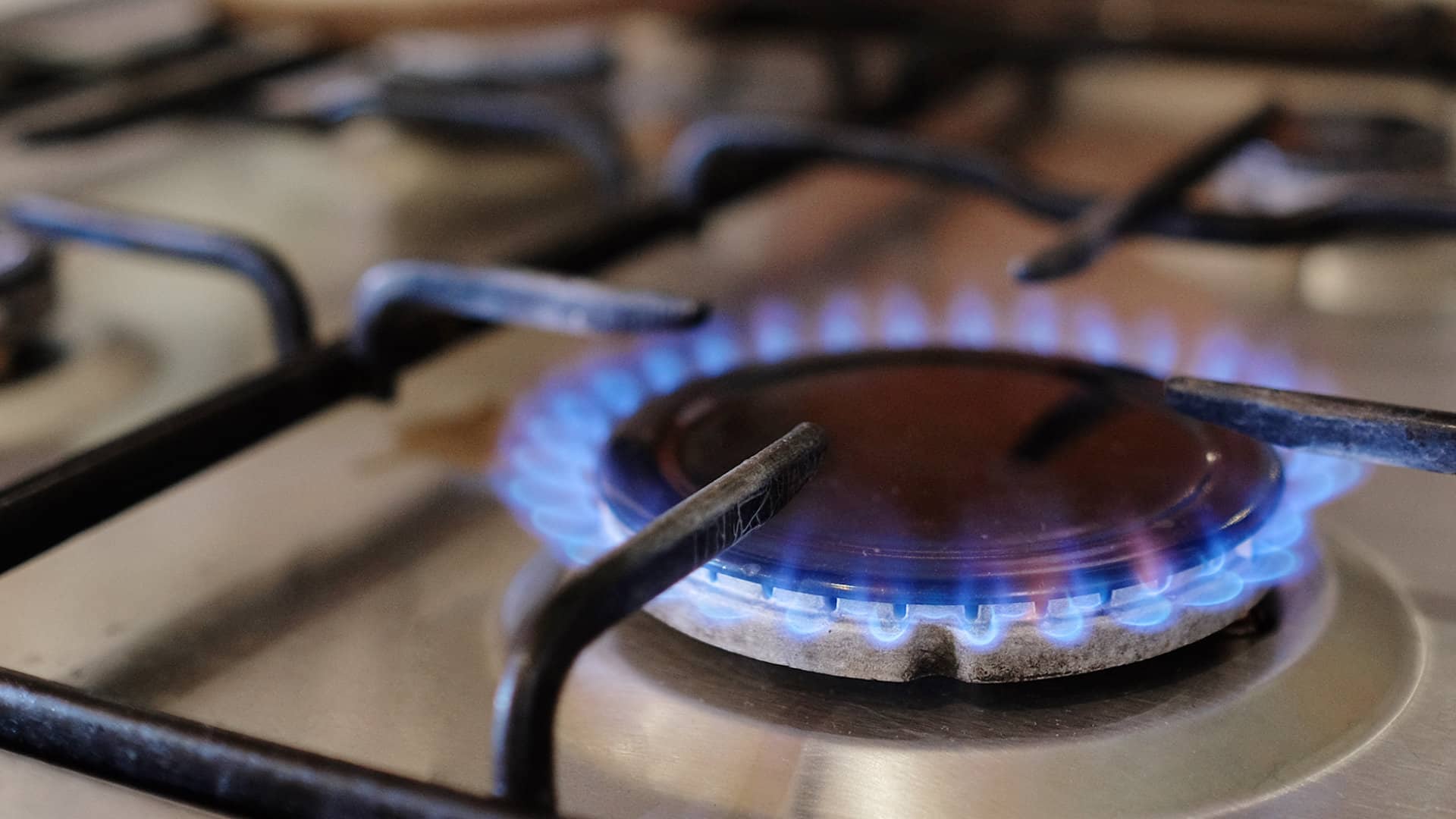
How to Solve the Frigidaire Stove F10 Error Code
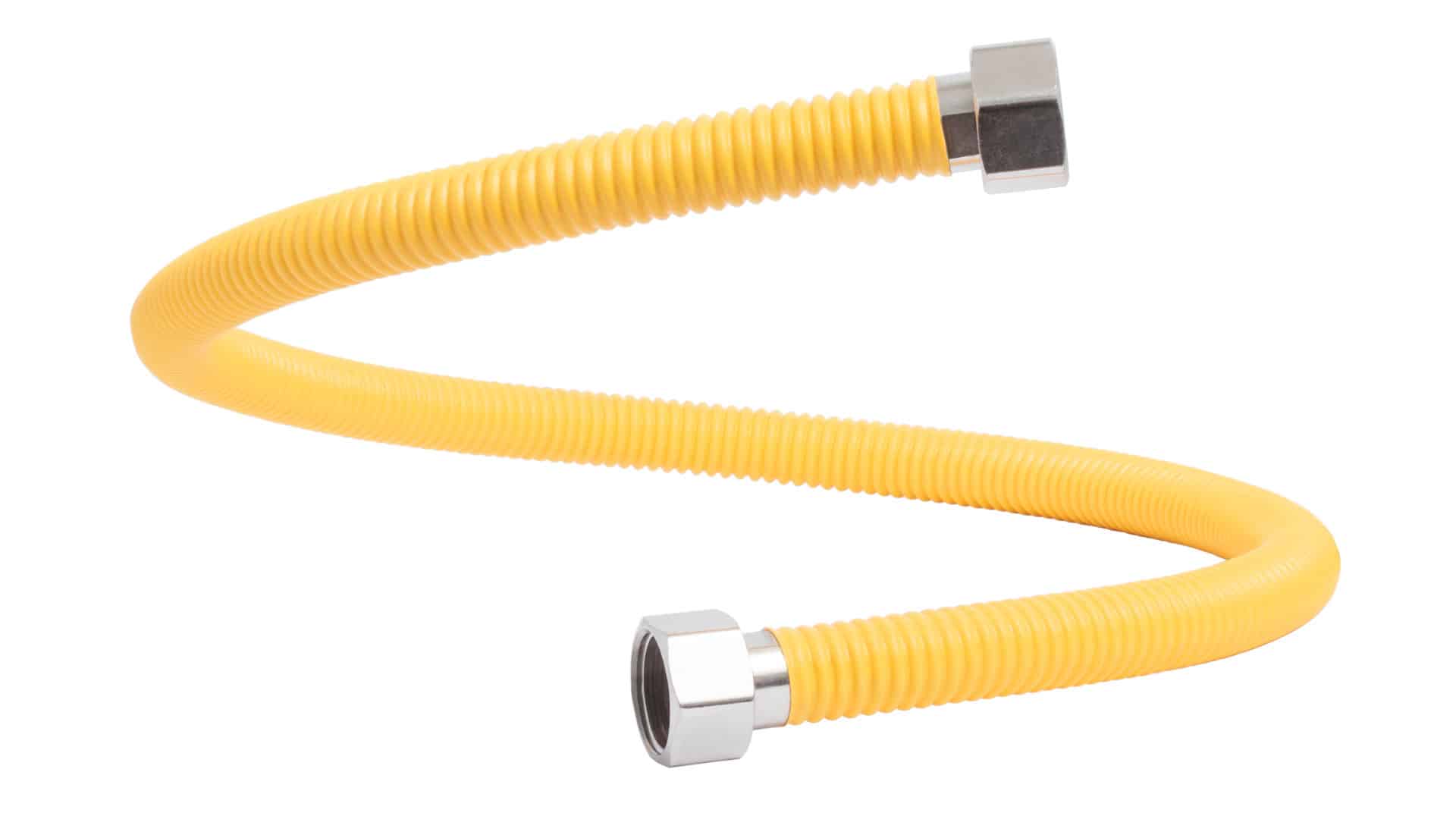
How to Hook up a Gas Dryer
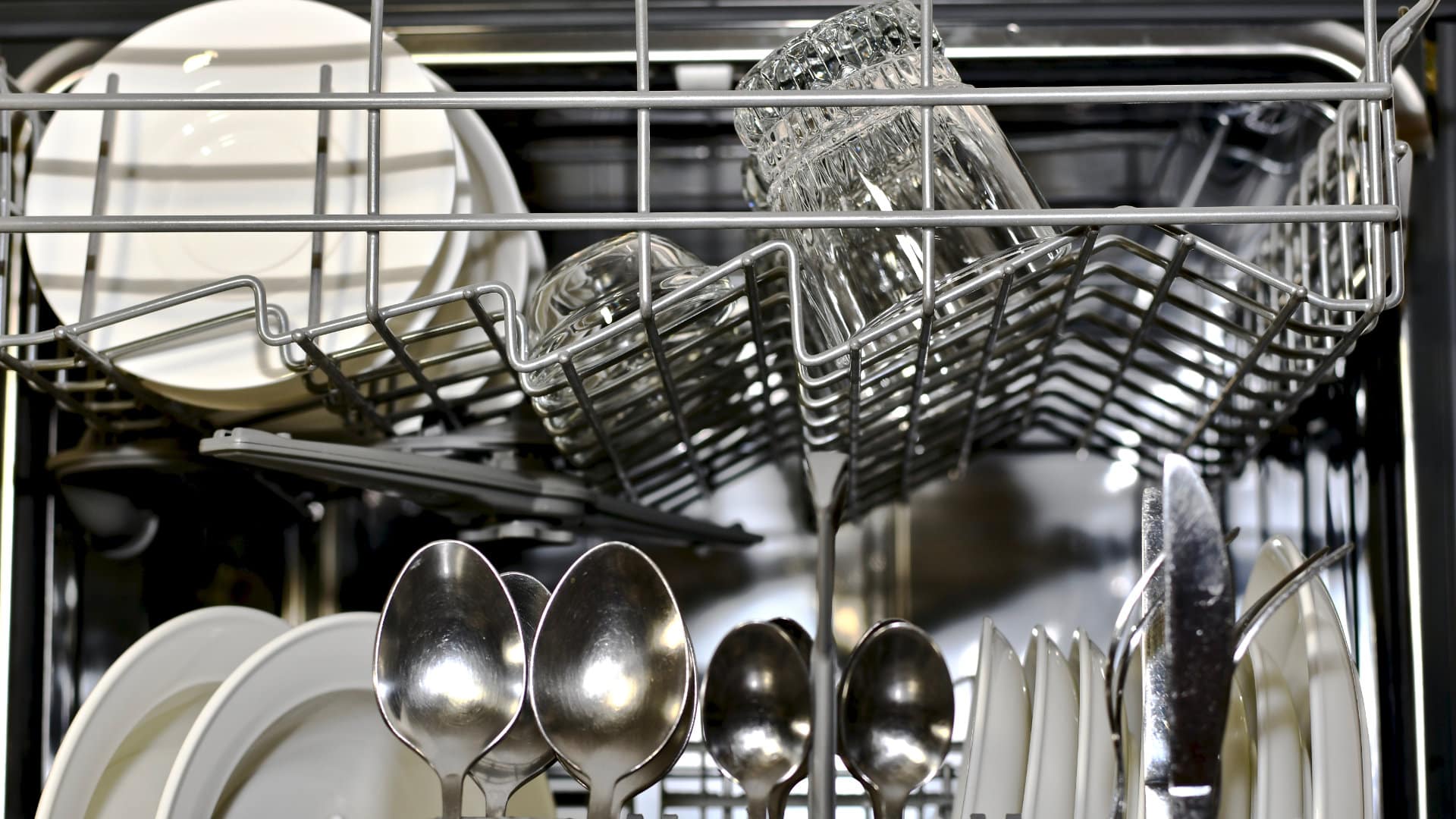
Dishwasher Not Cleaning Top Rack? How to Fix It
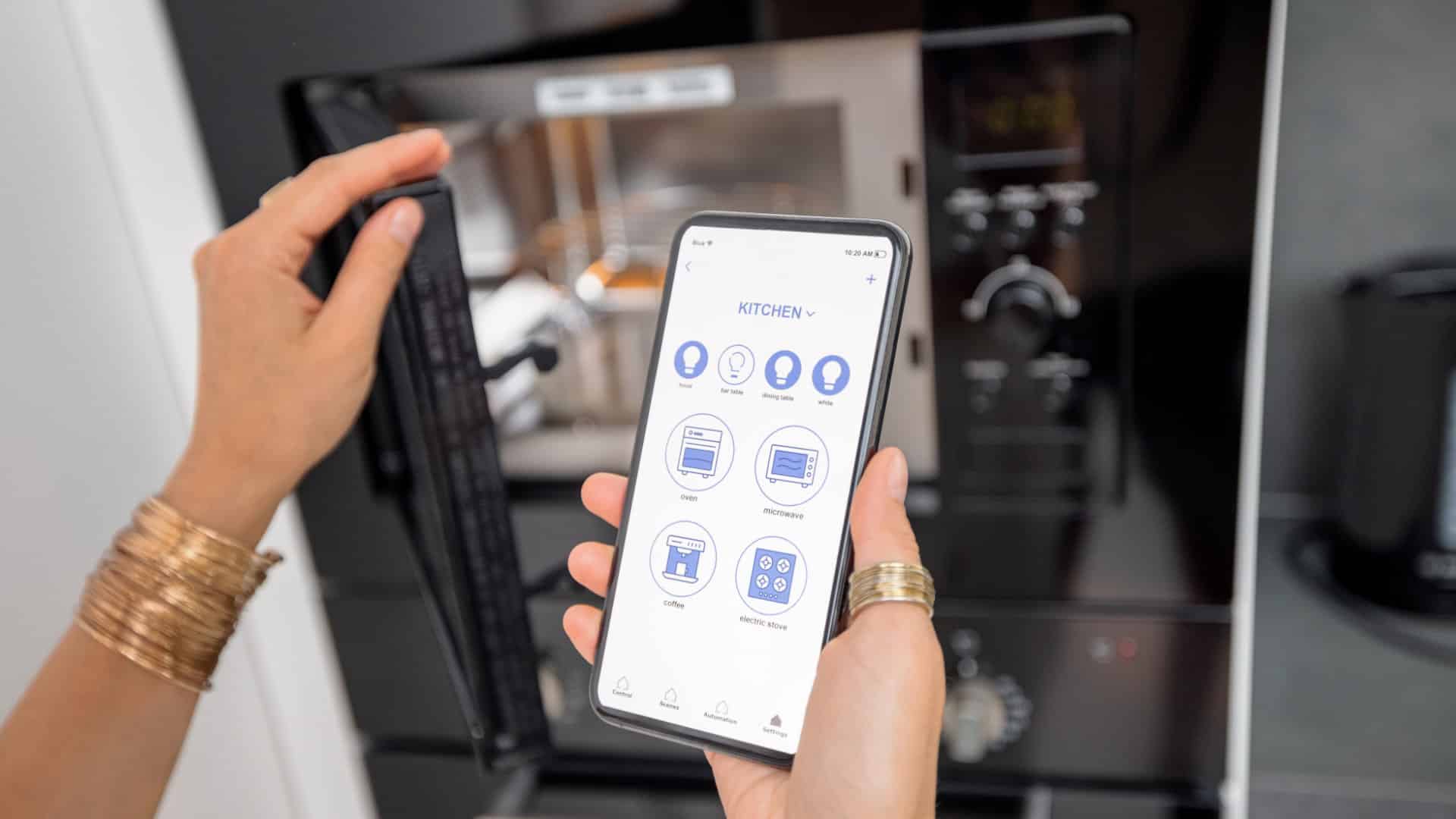
Why Your Microwave Is Making Weird Noises
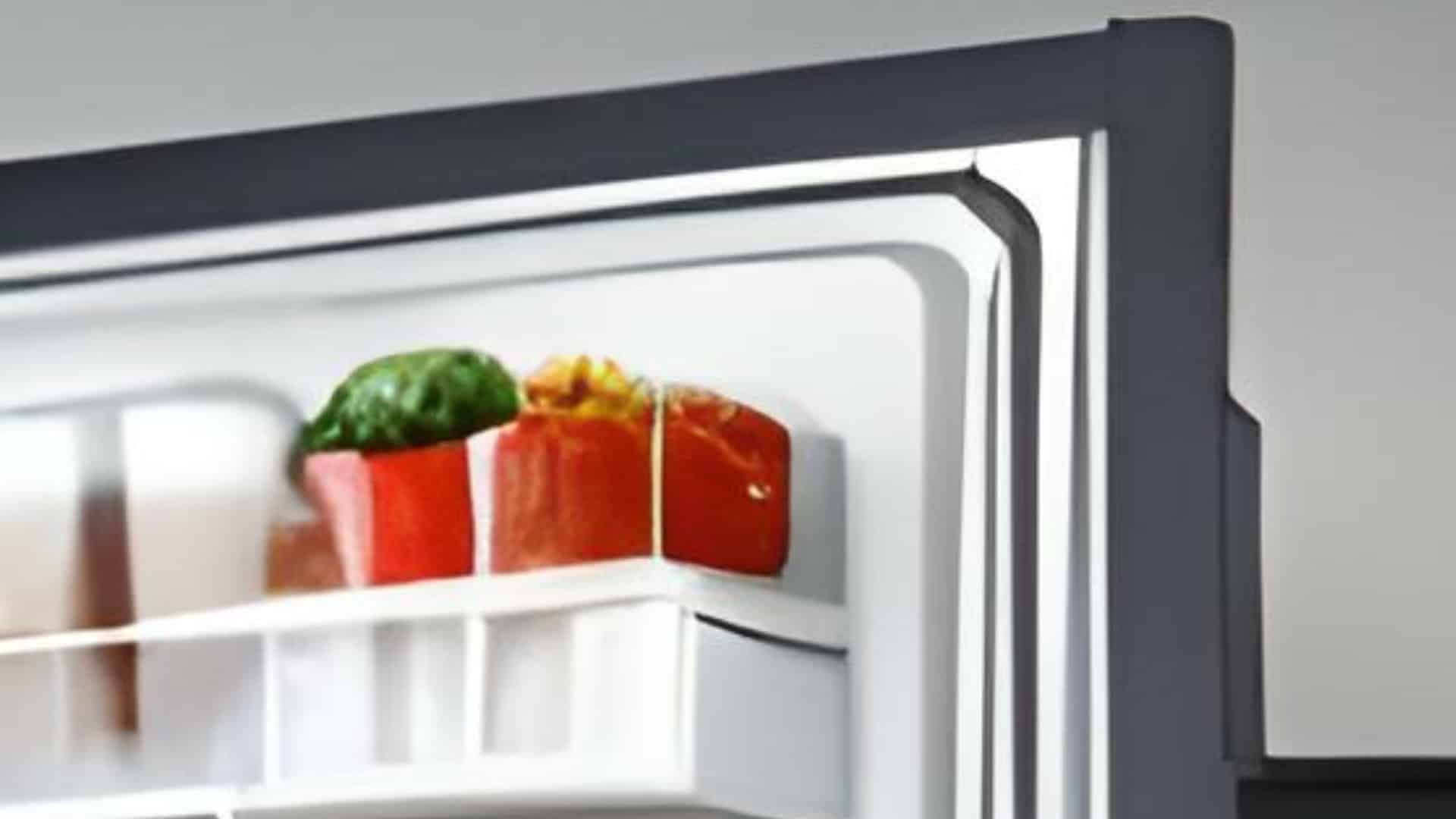
How to Replace a Refrigerator Door Seal
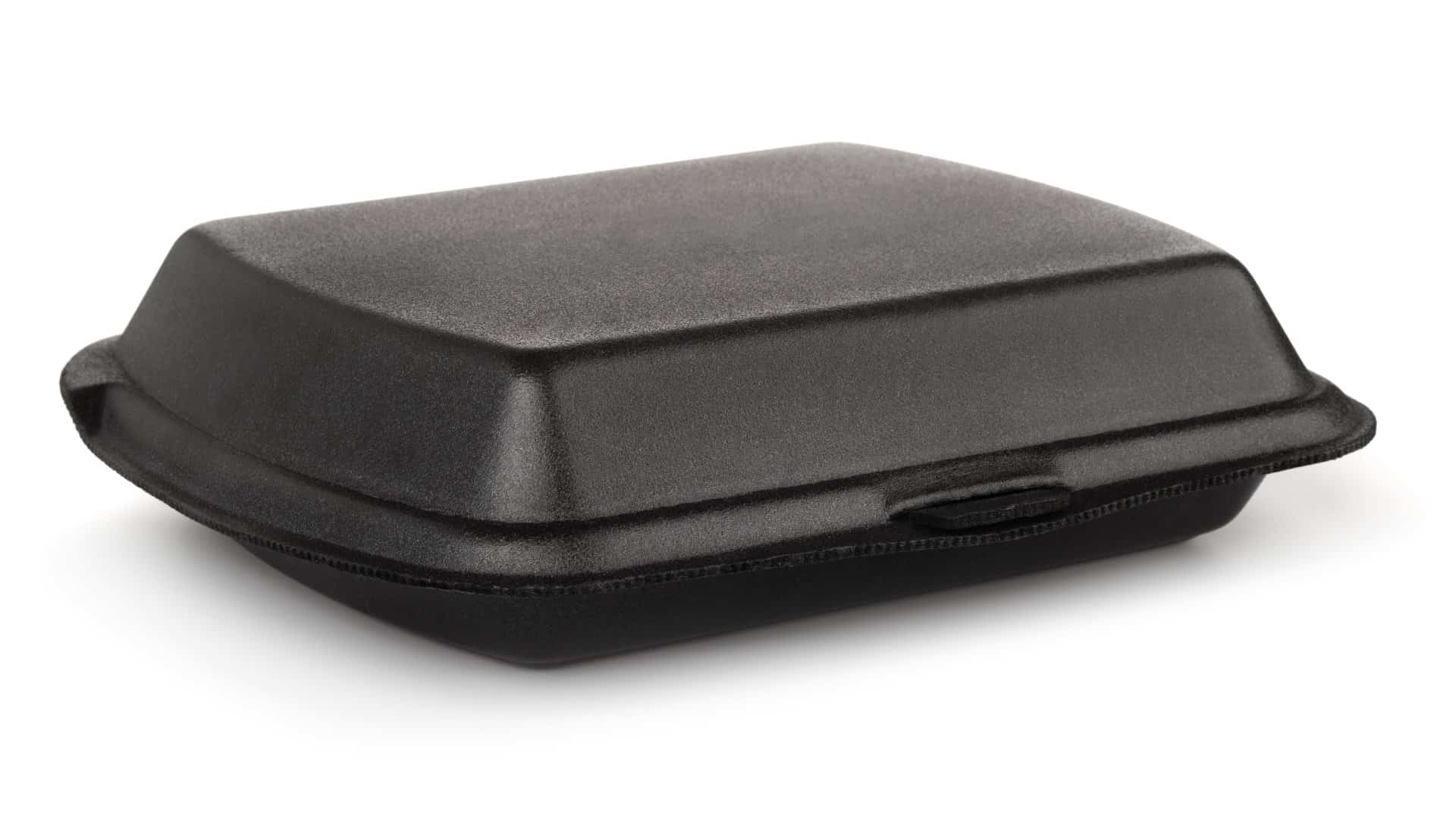
Can You Put Styrofoam in the Microwave?
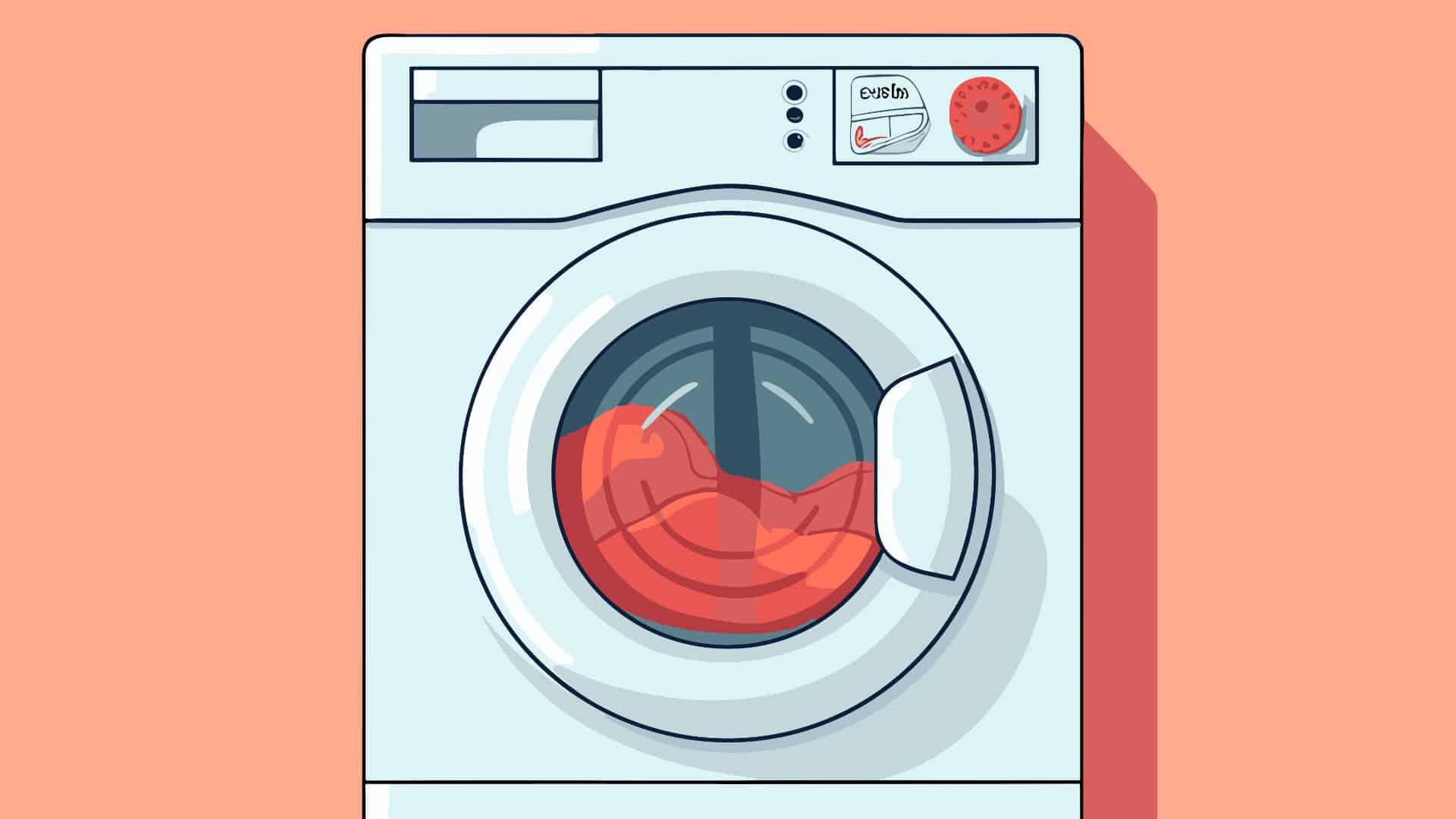
How to Resolve Whirlpool Washer E1/F9 Error Codes
